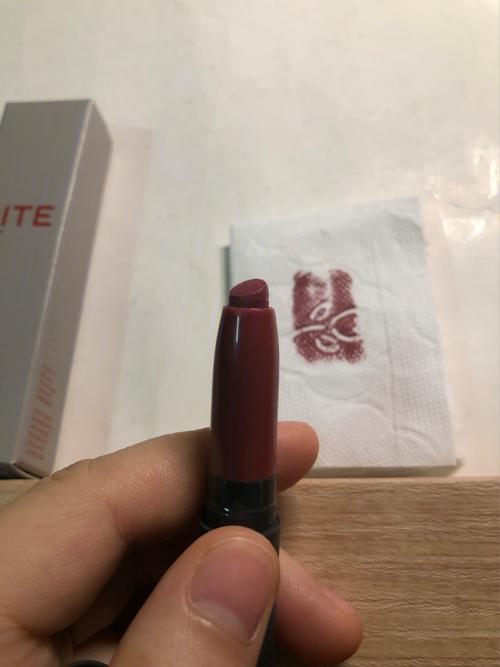
Tick Bite Mark: A Detailed Look into the Unseen Culprit
Have you ever found a strange mark on your skin and wondered what it could be? Chances are, it might be a tick bite mark. Ticks are small, often overlooked creatures that can carry diseases and cause discomfort. In this article, we will delve into the details of tick bite marks, their causes, symptoms, and how to deal with them effectively.
Understanding Ticks
Ticks are arachnids, similar to spiders and scorpions, and belong to the order Ixodida. They are known for their ability to attach to hosts and feed on their blood. Ticks can be found in various environments, including forests, grasslands, and even in your own backyard.

There are several species of ticks, but the most common ones that cause concern are the deer tick (also known as the black-legged tick), the American dog tick, and the lone star tick. These ticks can transmit diseases such as Lyme disease, Rocky Mountain spotted fever, and ehrlichiosis.
Identifying Tick Bite Marks
Tick bite marks can vary in appearance, depending on the species of tick and the individual’s skin. Here are some common characteristics to look out for:
-
Small, red or purple bump
-
Wheal, which is a raised, red area surrounding the bump
-
Itchy or painful sensation
-
Swelling or redness around the bite area
It’s important to note that not all tick bites will result in a mark. Some individuals may not experience any symptoms, while others may have a mild reaction.
Table: Common Tick Bite Symptoms
| Symptom | Description |
|---|---|
| Redness | Wheal or red area surrounding the bite |
| Swelling | Inflammation around the bite area |
| Itching | Itchy sensation around the bite |
| Pain | Painful sensation around the bite |
| Discomfort | General discomfort or unease around the bite area |
Preventing Tick Bite Marks
Prevention is always better than cure when it comes to tick bites. Here are some tips to help you avoid tick bite marks:
-
Wear long-sleeved shirts and pants when hiking or working in tick-infested areas
-
Use insect repellents containing DEET or picaridin
-
Perform regular tick checks on yourself, your family, and your pets after spending time outdoors
-
Keep your yard well-maintained by removing tall grass, leaf litter, and brush piles
Removing a Tick
If you find a tick attached to your skin, it’s important to remove it properly to reduce the risk of infection. Here’s how to do it:
-
Grasp the tick’s head with a pair of fine-tipped tweezers as close to the skin as possible
-
Pull the tick straight up and away from the skin in one motion
-
Do not twist or squeeze the tick, as this can cause the mouthparts to break off and remain in the skin
-
Disinfect the bite area and your hands with alcohol or soap and water
-
Save the tick in a sealed container for identification and testing, if necessary
Seeking Medical Attention
In some cases, you may need to seek medical attention if you experience symptoms such as a rash, fever, or joint pain after a tick bite. It’s important to consult a healthcare professional if you suspect you have been infected





